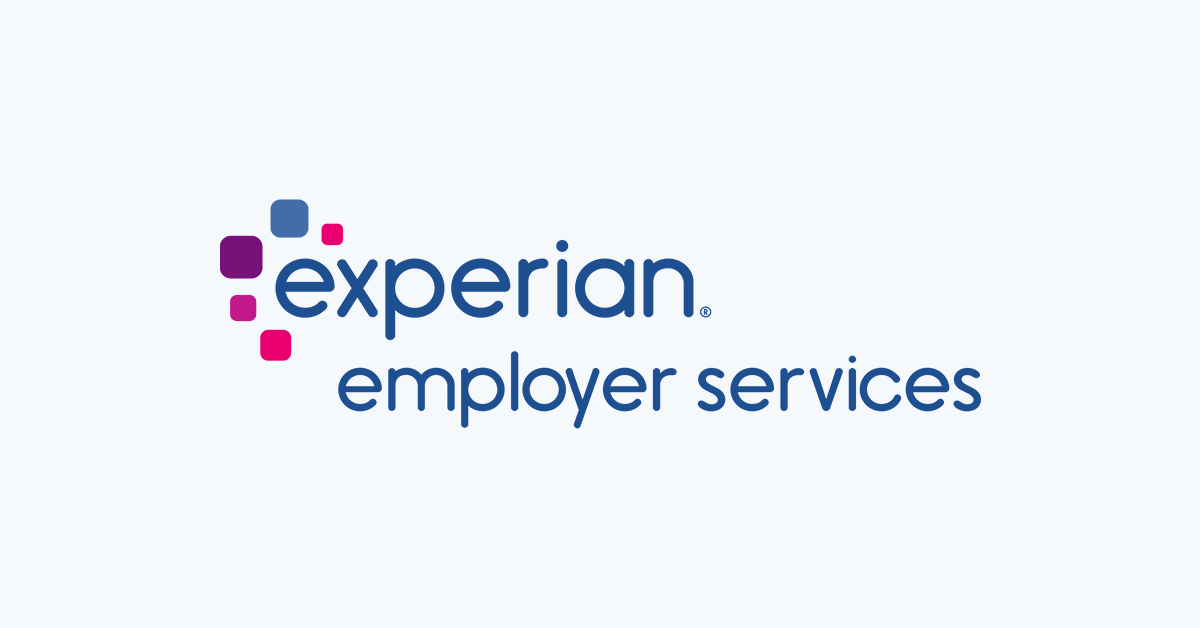Employment verifications don’t usually make the priority list for HR leaders. They’re rarely urgent until they suddenly are, and then the stakes couldn’t be higher. Over the last few weeks, I sat down with Troy Hupp from Experian Employer Services to unpack the hidden costs, emotional weight, and security obligations wrapped up in this process.
These three short video conversations opened my eyes all over again to why verifications deserve more attention inside our organizations. Here’s a quick preview with one powerful takeaway from each discussion.
1. The Hidden Verification Costs HR Teams Forget to Count
In the first video, we pulled back the curtain on the unseen burden verifications place on HR teams—not just the time it takes to look up data or respond to faxes, but the ripple effects of delayed responses when employees are trying to buy a home, get a loan, or start a new job.
Key callout: “It’s not your core competency… it’s somewhat burdensome, and those requests stack up until Friday afternoon when you finally get around to doing them.”
Troy’s point is simple but powerful: this isn’t why HR exists. And with rising interest-rate activity driving spikes in verification volume, the hidden workload only gets heavier.
2. What The Verification Process Looks Like Through the Employee’s Eyes
In the second video, we zoomed out to the human side. These requests aren’t transactional. They’re personal. Behind every verification is a family buying its first home, someone trying to secure childcare support, or a worker navigating a difficult financial moment.
Key callout: “Every verification has a story behind it… probably the most important thing that person is going to do within that window of their life.”
Experian’s emphasis on employee transparency and self-service stood out to me. When people can track their requests, pull letters, or confirm activity themselves, it removes fear and friction from moments that already feel high-stakes.
3. Privacy, Security, and the Duty of Stewardship with Employment Verifications
The third conversation got into the part that keeps leaders up at night: PII, credentialing, and protecting employee data from bad actors. Troy described this work with a word I love: stewardship.
Key callout: “This isn’t our data—but we have to look after it like it is.”
From credentialing requesters to preventing fraud and ensuring only authorized parties access sensitive details, the process is far more complex than most HR teams realize. And in today’s environment, even one mishandled request can create real harm.
Final Thought
Employment verifications sit at the intersection of trust, experience, and risk. When they’re slow, employees feel it. When they’re mishandled, organizations feel it. And when they’re secure, seamless, and instant, everyone wins.
These videos dig deeper into each angle—and if you haven’t revisited your verification process lately, they’re worth your time.

Ben Eubanks is the Chief Research Officer at Lighthouse Research & Advisory. He is an author, speaker, and researcher with a passion for telling stories and making complex topics easy to understand.
His latest book Talent Scarcity answers the question every business leader has asked in recent years: “Where are all the people, and how do we get them back to work?” It shares practical and strategic recruiting and retention ideas and case studies for every employer.
His first book, Artificial Intelligence for HR, is the world’s most-cited resource on AI applications for hiring, development, and employee experience.
Ben has more than 10 years of experience both as an HR/recruiting executive as well as a researcher on workplace topics. His work is practical, relevant, and valued by practitioners from F100 firms to SMB organizations across the globe.
He has spoken to tens of thousands of HR professionals across the globe and enjoys sharing about technology, talent practices, and more. His speaking credits include the SHRM Annual Conference, Seminarium International, PeopleMatters Dubai and India, and over 100 other notable events.

